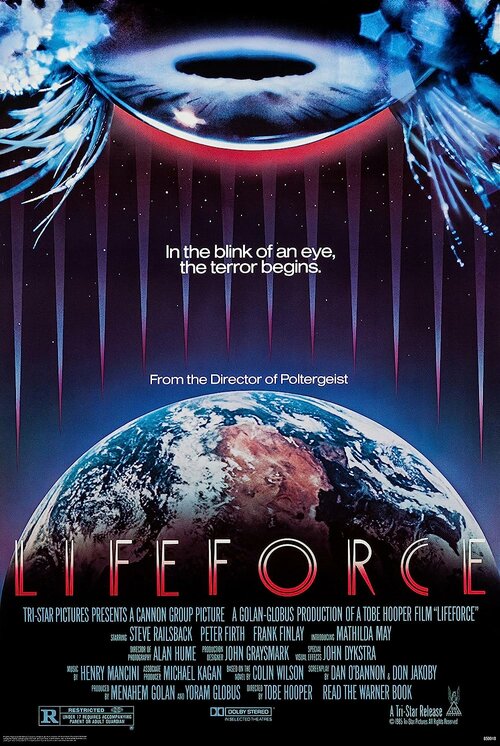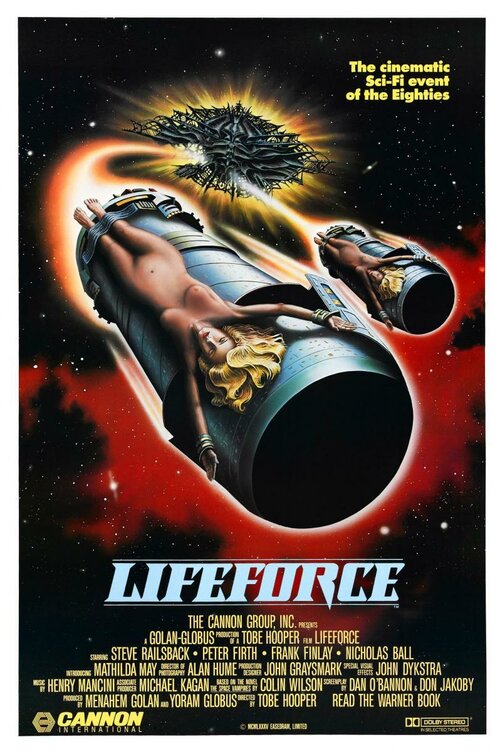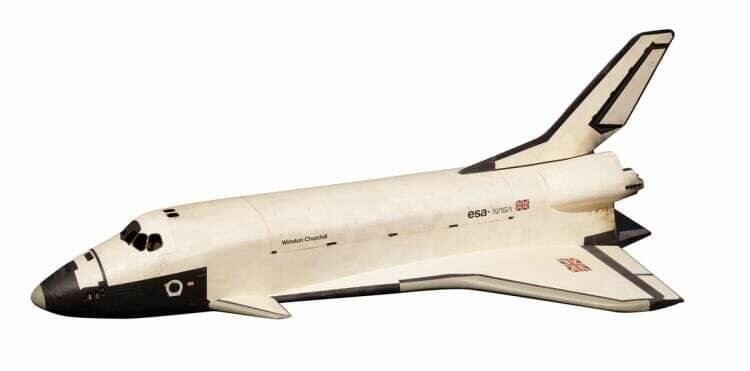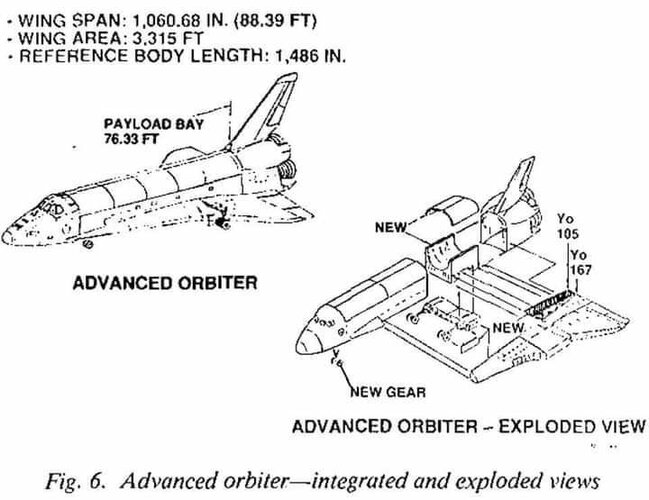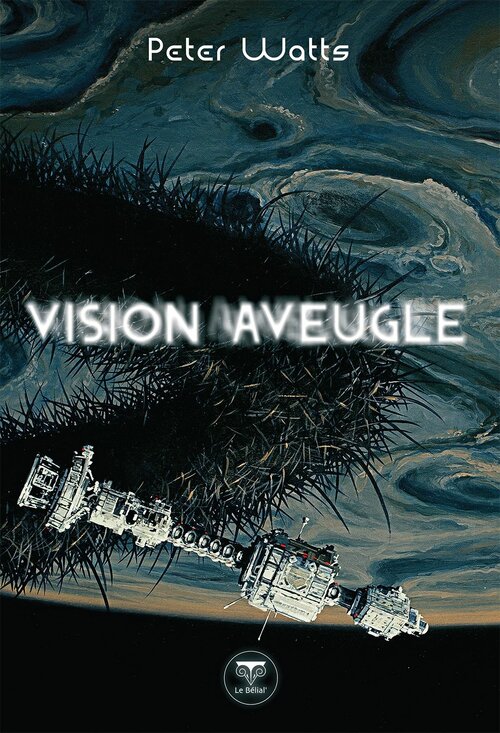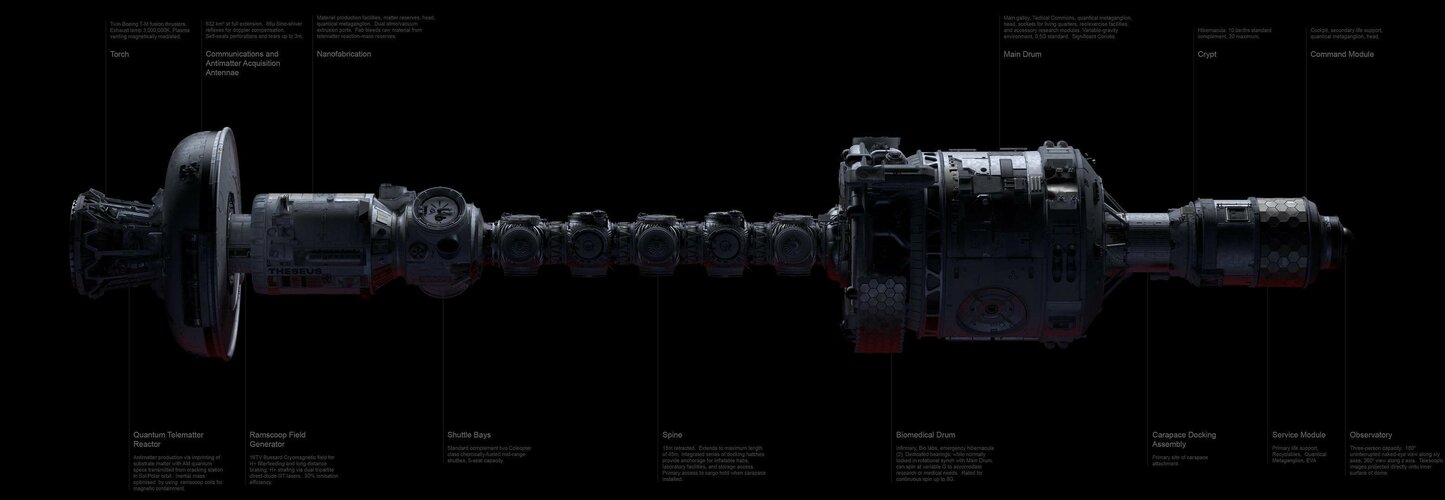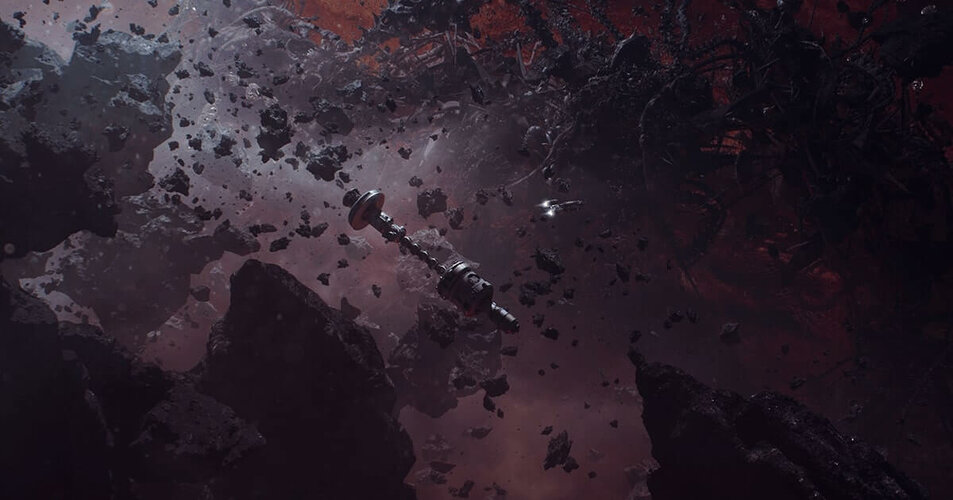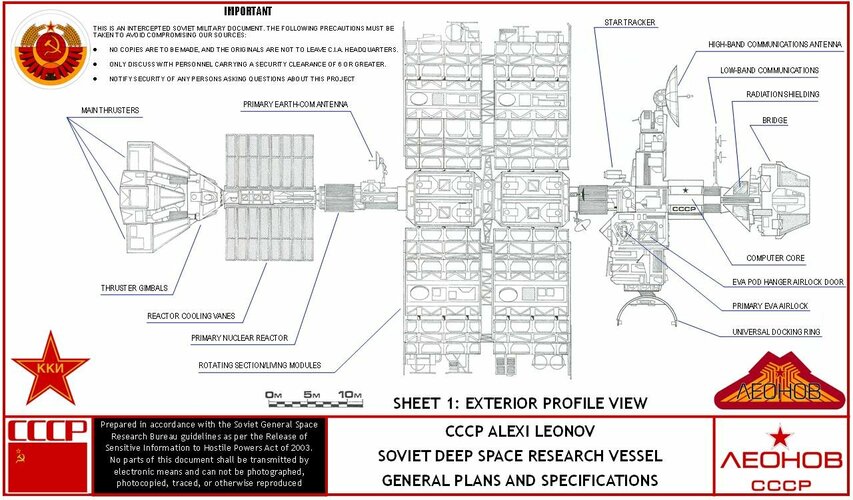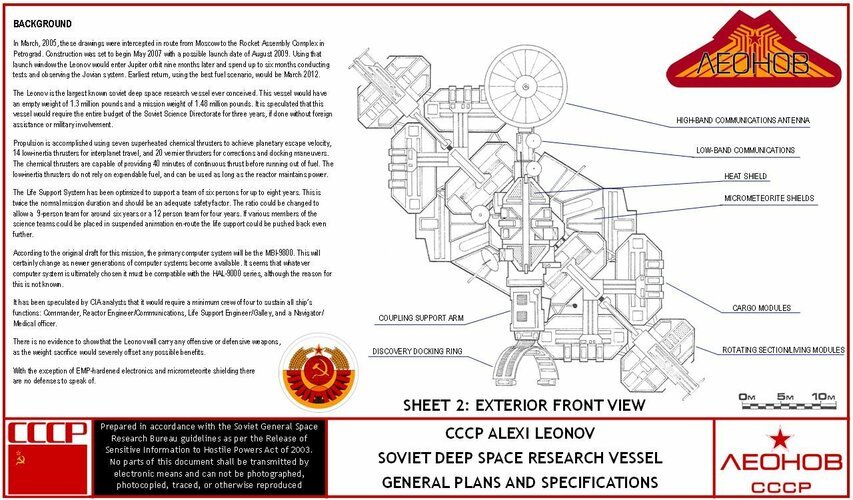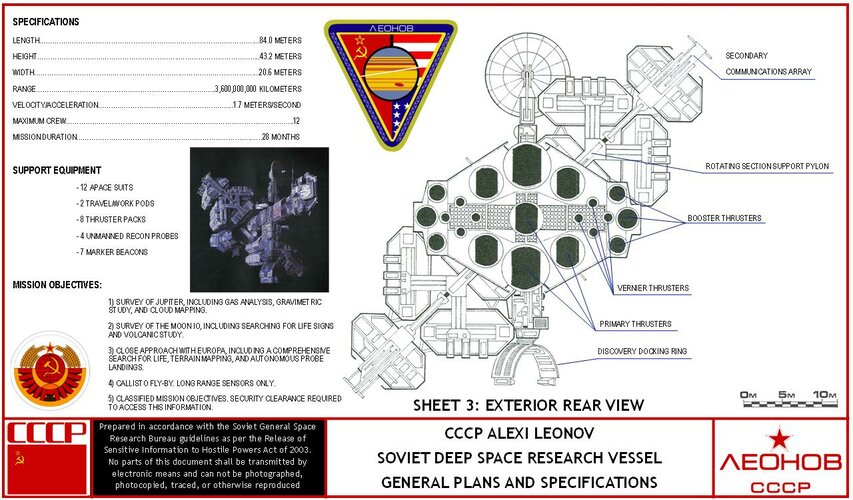Bob Forward's
Timemaster is one of the least realistic books I've ever read. The idea that IBM could be innovative any time after the '70's is a bit laughable, but the dancing alien iron star cat thing makes up for it. Unfortunately the weird threesome at the end between old man protagonist, middle aged protagonist, and trophy wife makes it weird again. Sad, many such cases!
Anyway,
Blindsight is one of the best "science fiction" books written, probably since the genre appeared tbh. Mostly because the bulk of science fiction books don't include back matter explaining the origin of the book, going into detail about the ideas the author explores, and discussing the actual techno-science aspects with citations. I guess that's Watts's pedigree as a biologist/scientist coming out. H. Beam Piper did something similar with a prompt proffered by J.D. Clarke but didn't really go anywhere specifically about it,
Uller Uprising is a retelling of the Sepoy Rebellion with thermonuclear missiles and space miners.
Watts specifically sought to ask whether or not consciousness was a maladaptive strategy in evolutionary history, because it is expensive energetically, and evolution seeks lazy/optimized solutions. He built the book around that question with the narrative of two superhuman intelligences duking it out with their starships (Theseus and Rorschach).
It falls into a similar tradition of Herbert's
Dune and Asimov's
Foundation, which were literally built on exploring the concepts of free will and scientific investigation, by asking a major thesis question that is explored through narrative. The 1960's attempts were primitive, but important, because they laid the groundwork for what people consider "good" science fiction later on with books like
The Diamond Age,
Snow Crash, and the Laundry Files series.
If all people want are goofy starships to look at, which are never really the point of good science fiction, there's plenty of books about that that don't have "stories" or "narrative" to get in the way.
Blindsight is just nice because it aptly describes Watts's editorial collaboration with a then-currently employed aerospace engineer at a major American aero firm over some emails, the description of the starship itself, and even has a nice little mouse-over display describing the components produced to promote the book on his website.
The Theseus has antimatter fusion engines made by Boeing, and the same engines protect the crew from radiation, wow! Imagine Boeing making anything that works these days. Astounding! The crew should clearly be dead from radiation poisoning or something.
Theseus: Technical Overview
www.rifters.com
View attachment 705601
It even uses a Bussard ramjet to extract hydrogen from the interstellar media, one of the most memed on hypothetical concepts of propulsion in all science fiction, and probably completely unworkable in real life.
What you get for not reading the book I suppose?
"Vampire" is just a in-universe colloquialism for a long-extinct offshoot of the human species that predates on other, lesser intelligent humans, like
homo sapiens and
homo neanderthalensis. They go extinct shortly after the invention of architecture.
They're closer to people with autism or psychopathic cannibals than Bela Lugosi, with an innate capacity to survive in extreme hibernation for decadal periods between feeding, which is how Watts's justifies the development of suspended animation for deep space travel. They get bred in a genetic engineering program, not dissimilar to how people might eventually bring back wooly mammoths (i.e. hybridization), because their brains are good at doing certain types of math.
Watts even manages to finagle a pretty good explanation of why his vampires get confused by rice and barley grains.
It's completely silly, but so are Bussard ramjets, throwing people into a industrial freezer to "preserve" them, and the idea that Jupiter can be turned into a star. It's still probably less silly than a lot of other "hard" science fiction, like
Timemaster, and the ship design is cool in general.
Io has enough bloodsuckers thank you very much.
View attachment 705600
2001 is pretty boring, yes. Best to skip the movie and just look at the miniatures made for it. Perhaps Kubrick could have just commissioned an art book and spared us the whole rigamarole?
Starships are ultimately tertiary to science fiction in all its space-faring forms and it's rare when a author or a book series attempts to make one that fits properly in a sense of such deep verisimilitude as by consulting a working aerospace engineer and bouncing ideas off them. Especially so in a story that is much closer to Lovecraft than Clarke.
You take what you get and Blindsight has a pretty good starship for "realism" considering the time (2004-2005) it was written. The same applies to 2001. Both may be horrendously outdated in 20 years (one already is, after all) but the Theseus isn't bad for a "hard science fiction" ship. It's much harder than the goofy dumbbell thing.
Theseus may still be too luxurious to be a true and honest deep space vessel, what with its 0.5 g gravity spin habitat, though.
Anyway this is the re-release of Blindsight that gives a good view of the "canonical" appearance of Theseus.
View attachment 705602
The ship even has shades of 2001's Discovery One in it from up close. Here is the original art:
View attachment 705603
Theseus's radiators look like bat wings I guess because lol vampires.

